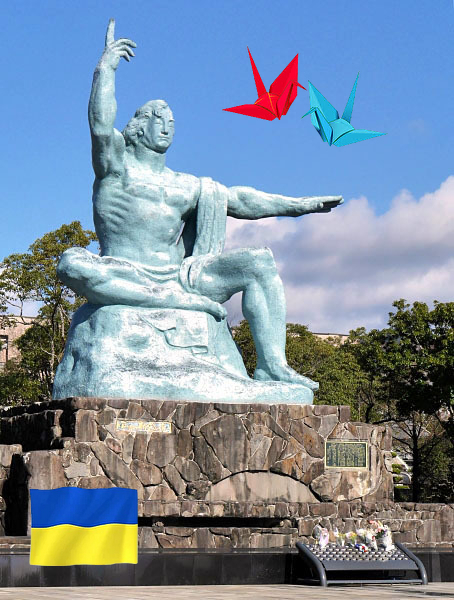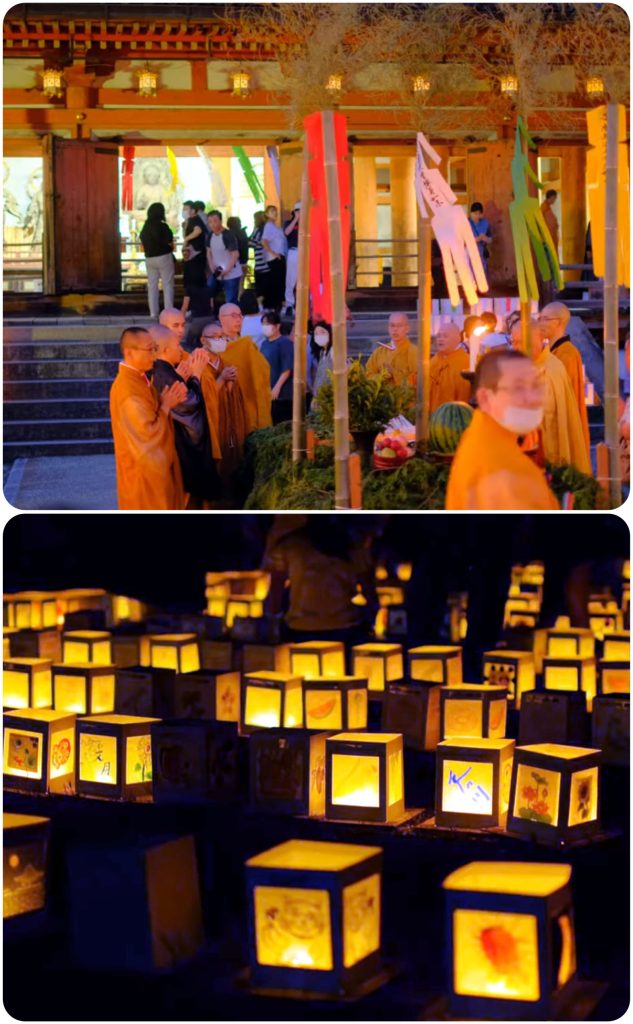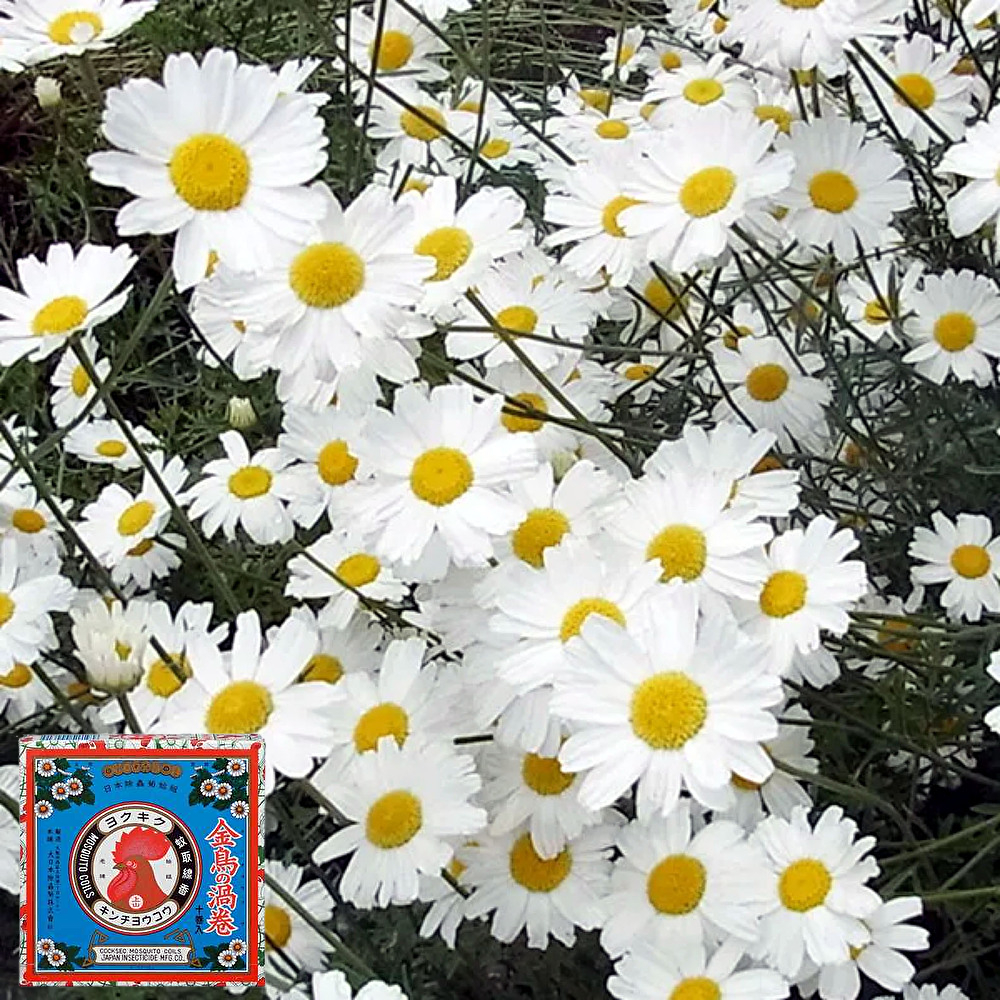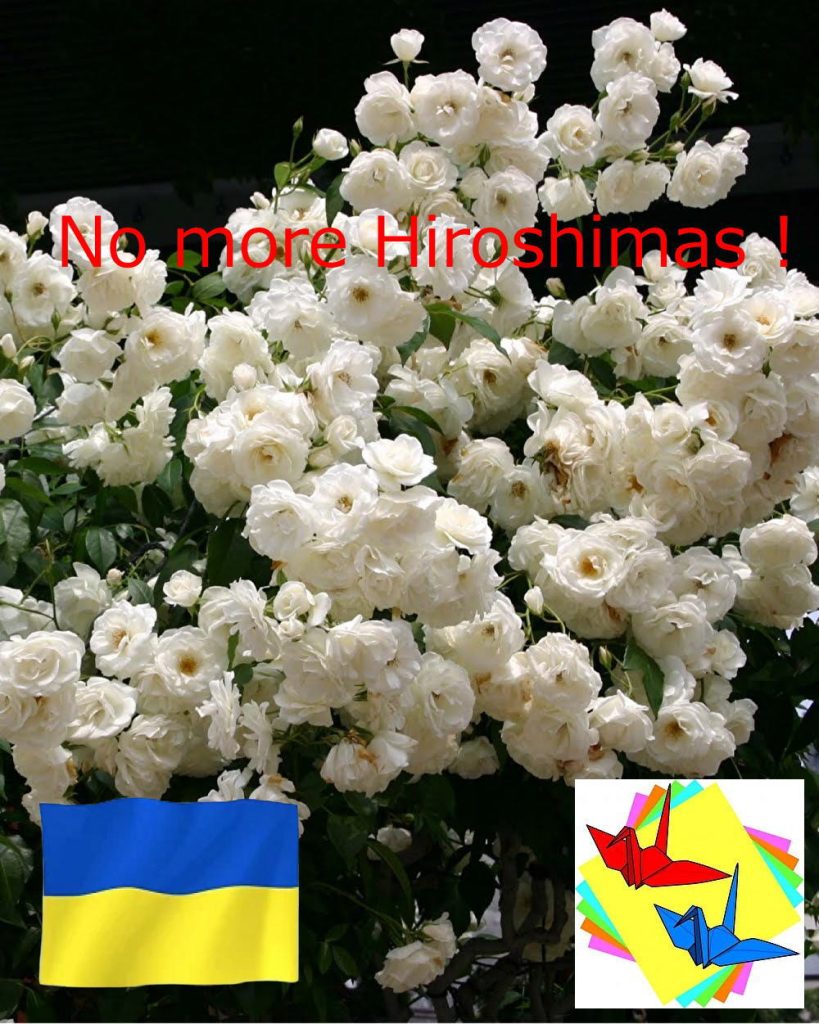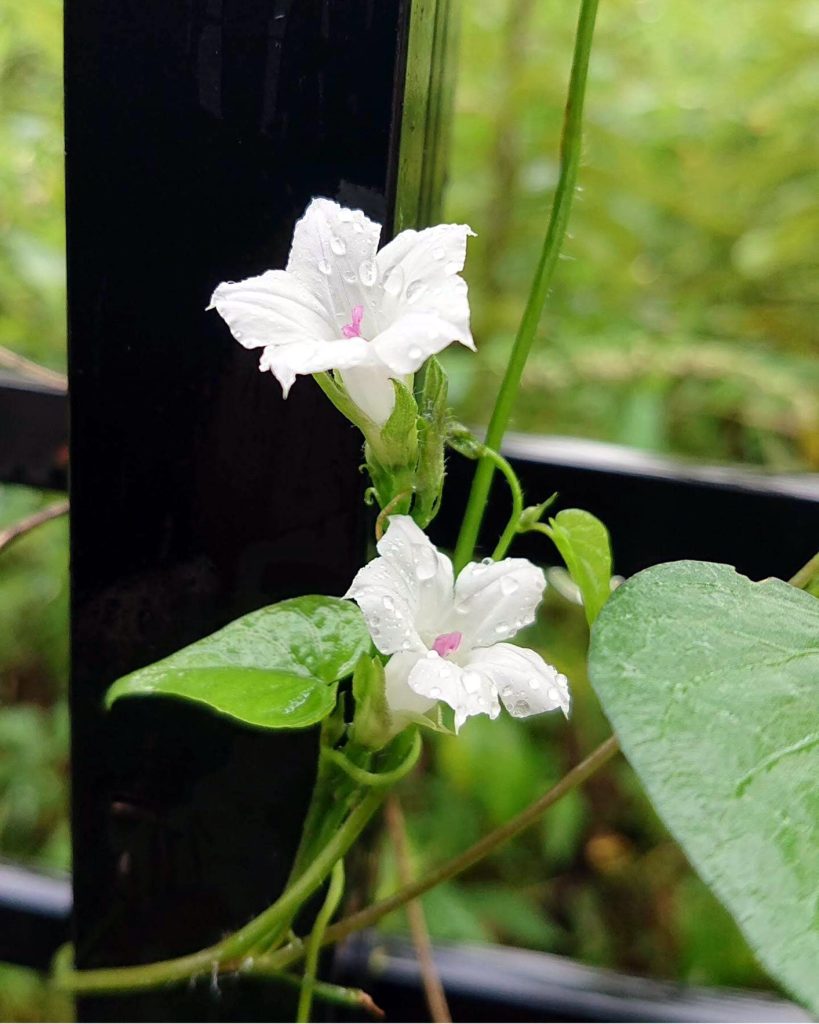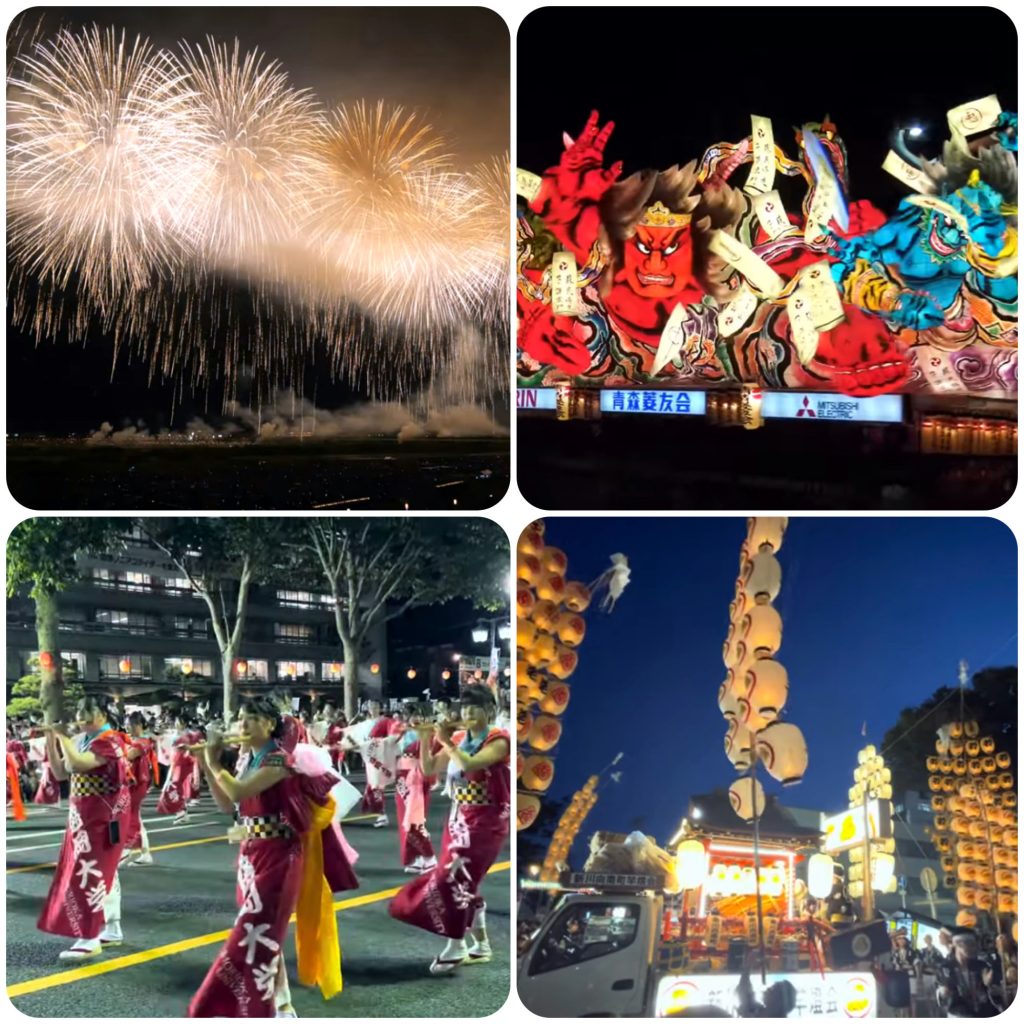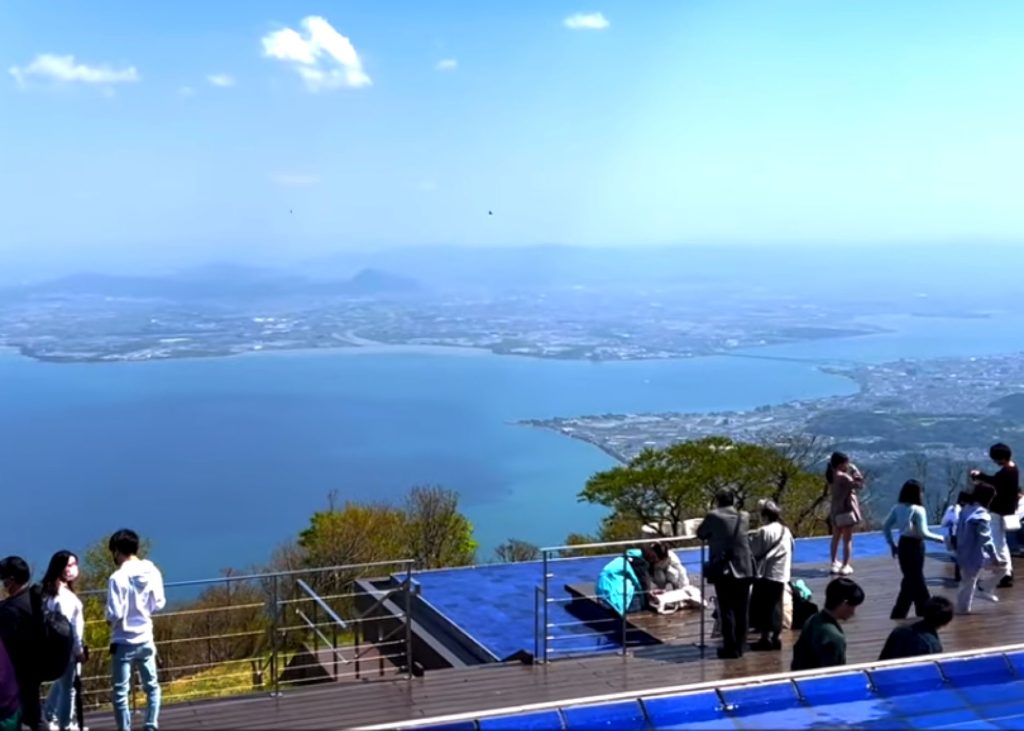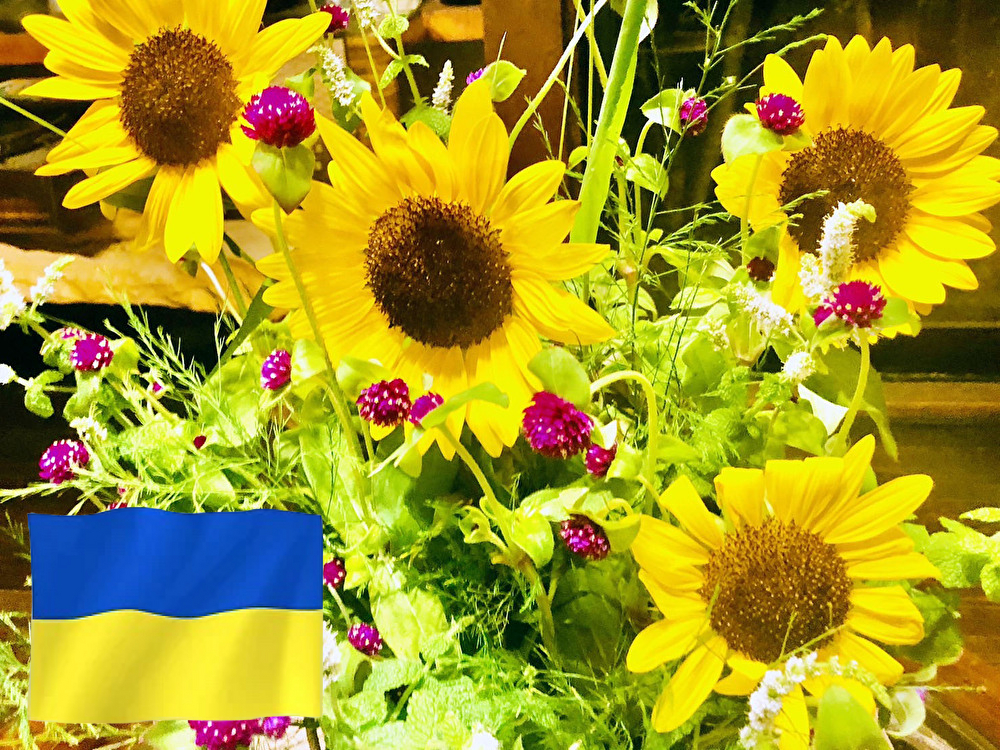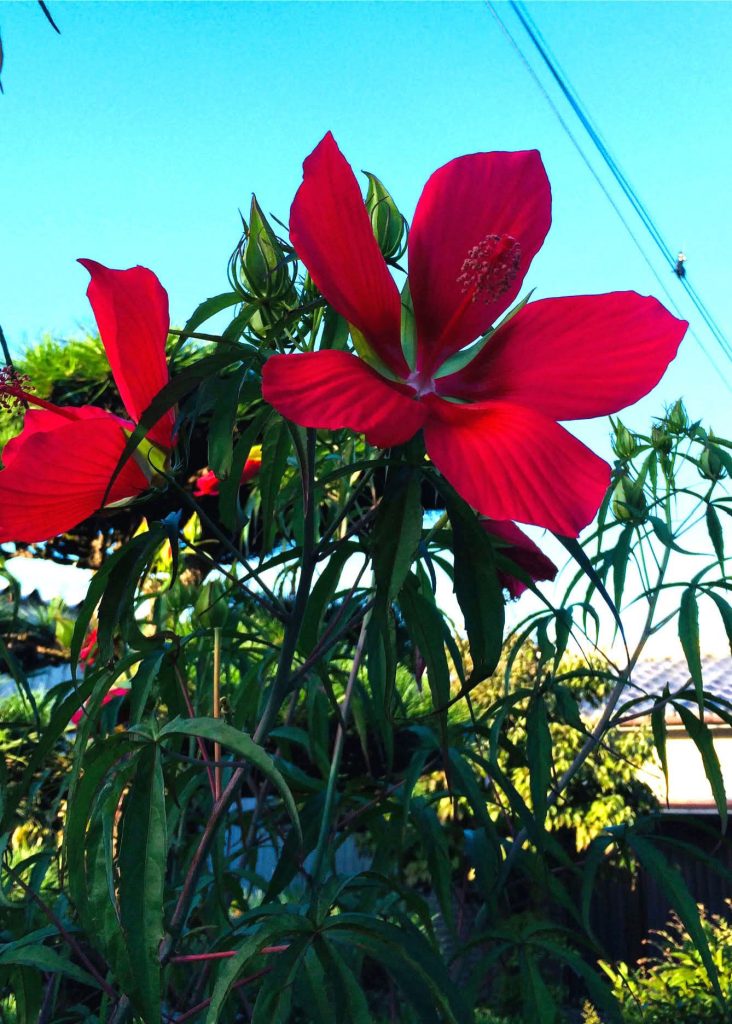
While avoiding the sun, as I walk beside a stream near an old traditional Japanese house, I notice tall Momiji-Aoi standing upright. The Momiji-Aoi, taller than myself, stands gracefully by the brook. Its flowers, a deep red and about 20 centimeters in size, have petals that split one by one, resembling airplane propellers. Despite its showy appearance, the flower exudes a simple and unassuming charm, enveloping me in a feeling of tranquility just by gazing at it. The flower language of the Momiji-Aoi is said to be “gentleness” and “kindness,” and this truly resonates.
There are similar flowers such as Hibiscus mutton and Hibiscus, and these are trees, but Momijiaoi is a grass. Originating from North America, it’s often referred to as the “swamp hibiscus” due to its abundant growth in marshy areas. It’s said to have been introduced to Japan in 1863, a fact that consistently reminds me of the Japanese people’s love for flowers.
The Momiji-Aoi is a day-flowering plant that opens its blossoms during the day and withers by the evening. However, even in the midst of this scorching heat, it continues to bloom one after another, carrying on its display of beauty until around September.
日を避けながら、古民家のそばを流れる小川のそばを歩いていると、背より高いモミジアオイがすっくと立っています。花は20cmはあろうかという大きさで真っ赤ですが、花びらが一枚一枚分かれていて、まるで飛行機のプロペラの様です。花姿が派手な割に朴訥とした雰囲気を持つ花で、見ているだけで包み込まれるような気分になります。モミジアオイの花言葉は「温和・優しさ」らしいですが、納得です。
よく似た花にムクゲやフヨウがありますが、これらは木ですが、モミジアオイは草です。北アメリカが原産地で、現地では、沼地に多く自生することから、沼ハイビスカス(swamp hibiscus)とも呼ばれています。日本へは1863年渡来したと言いますから、いつも思うことですが、日本人の花好きが偲ばれます。
モミジアオイは昼間に花を開き夕方には萎んでしまう一日花ですが、この酷暑の中、次から次へと花開き、9月頃まで咲き続けます。

